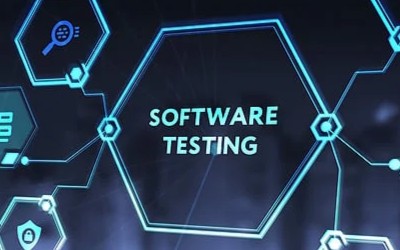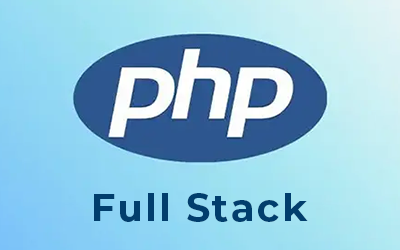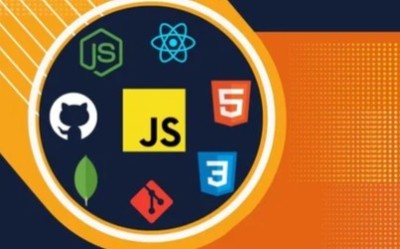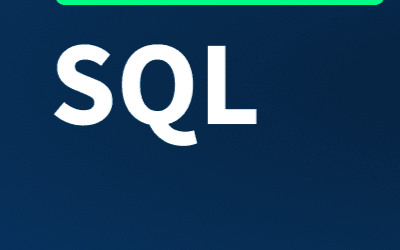Course description
Highlights:
- Introduction to Cloud Computing and AWS: Understand cloud computing principles and the
services provided by AWS. - AWS Core Services: Learn about essential AWS services such as EC2, S3, RDS, VPC, Lambda, andIAM. - AWS Networking: Gain knowledge about VPCs, subnets, security groups, and routing in AWS. - Cloud Security: Learn best practices for securing AWS resources using IAM, encryption, and
compliance services. - High Availability and Disaster Recovery: Design scalable and fault-tolerant architectures withAWSservices. - Serverless Architectures: Learn to build serverless applications using AWS Lambda and other
serverless tools. - Cost Optimization: Understand how to optimize cloud spending and manage AWS billing andcost
structures. - AWS Certifications: Prepare for AWS certifications such as AWS Certified Solutions Architect andAWS Certified Developer.
Course Objective:
By the end of this course, you will be able to: - Navigate and configure AWS services for cloud applications and workloads. - Design and deploy scalable, reliable, and secure cloud infrastructures. - Implement cost-efficient solutions using AWS's pricing models and services. - Understand and apply security best practices for AWS resources.
- Automate cloud infrastructure management and deployment with AWS services. - Prepare for AWS certification exams like AWS Solutions Architect, AWS Developer, and AWS SysOpsAdministrator.
Course Structure:
1. Introduction to Cloud Computing and AWS
- What is Cloud Computing and why it matters. - Understanding public, private, and hybrid clouds. - Overview of AWS: Key services and global infrastructure. - AWS regions, availability zones, and edge locations. - AWS Management Console, CLI, and SDKs: Introduction to tools for interacting with AWS. - Setting up an AWS account and exploring the free-tier services.
2. AWS Core Services
- Amazon EC2 (Elastic Compute Cloud): Launching and managing virtual servers, configuring
security groups, and understanding instance types. - Amazon S3 (Simple Storage Service): Storing and managing data, implementing data durability, and configuring bucket policies. - Amazon RDS (Relational Database Service): Setting up and managing relational databases suchasMySQL, PostgreSQL, and MariaDB. - Amazon VPC (Virtual Private Cloud): Creating and configuring virtual networks, subnets, routetables, and network ACLs. - IAM (Identity and Access Management): Setting up users, groups, and roles for secure access toAWS resources. - Amazon Lambda: Introduction to serverless computing and building functions for on-demandcomputing.
3. AWS Networking and Security
- VPC Security: Configuring security groups, NACLs, and VPNs. - Subnets and Routing: Understanding private and public subnets, route tables, and NAT gateways. - Elastic Load Balancing (ELB): Load balancing between EC2 instances for high availability. - Amazon Route 53: Domain name system (DNS) and routing traffic to AWS resources. - AWS Security Best Practices: Securing AWS accounts and data, encryption in transit and at rest, and compliance services. - AWS WAF (Web Application Firewall): Protecting applications from common web exploits.
4. Scalability and High Availability
- Auto Scaling: Automatically scaling EC2 instances to handle increased load. - Elastic Load Balancer (ELB): Distributing traffic across multiple EC2 instances for high availability. - AWS CloudWatch: Monitoring AWS resources, setting up alarms, and creating logs for
performance management. - AWS CloudFormation: Automating the deployment and management of AWS resources usingInfrastructure as Code (IaC). - AWS Elastic Beanstalk: Simplified service for deploying and managing web applications.
5. Serverless Architectures
- AWS Lambda: Understanding serverless computing and using Lambda for event-driven
architectures. - API Gateway: Setting up RESTful APIs to connect applications with AWS Lambda and other
services. - AWS DynamoDB: Using serverless NoSQL databases for applications with low-latency data access. - AWS Step Functions: Orchestrating serverless workflows with AWS Lambda and other AWS
services. - EventBridge: Building event-driven architectures for scalable applications.
6. Cost Management and Optimization
- AWS Pricing Models: Understanding on-demand, reserved, and spot instances. - Cost Explorer and Budgets: Monitoring AWS spending and setting up budgets and alerts. - AWS Trusted Advisor: Optimizing AWS resources for cost efficiency, security, and performance. - Cost-saving strategies: Implementing cost-effective solutions like EC2 Spot Instances, ReservedInstances, and S3 storage classes
7. Backup, Disaster Recovery, and Business Continuity
- AWS Backup: Automating backup tasks for AWS resources. - Amazon Glacier: Archival storage and cost-effective data retrieval. - Disaster Recovery: Architecting for failure and implementing backup and recovery plans inAWS. - AWS Well-Architected Framework: Designing cloud architectures that are secure, resilient, andefficient.
8. Preparing for AWS Certifications
- Introduction to AWS Certification exams: AWS Certified Solutions Architect, AWS CertifiedDeveloper, and others. - Exam preparation resources, study materials, and practice tests. - Understanding the AWS exam format and requirements. - Tips and strategies for passing AWS certifications.
9. Capstone Project: Deploying a Scalable Application on AWS
- Building and deploying a complete application on AWS. - Implementing networking, storage, and compute services to ensure high availability and fault
tolerance. - Automating deployments using AWS CloudFormation or Elastic Beanstalk. - Implementing security measures, backups, and cost optimization.
- Presenting the solution as a real-world, production-ready system.
Learning Methodology:
- Interactive Lessons: Engage in hands-on tutorials, real-world case studies, and video
demonstrations to master AWS services. - Assessments and Quizzes: Reinforce learning through quizzes, assignments, and practical
assessments. - Live Sessions: Participate in live Q&A sessions, coding challenges, and troubleshooting with
instructors. - Discussion Forums: Collaborate with peers, ask questions, and discuss solutions in dedicatedforums.
Who Should Enroll:
- Beginners: Individuals new to cloud computing who want to learn AWS from scratch. - Developers: Developers who want to understand how to build and deploy applications on AWS. - System Administrators: IT professionals looking to expand their skills in managing cloud
infrastructure. - Cloud Architects: Professionals interested in designing scalable, secure, and cost-effective
architectures using AWS. - DevOps Engineers: Engineers who want to learn how to automate and manage cloud-basedapplications using AWS. - Students: Students pursuing degrees in computer science, IT, or cloud computing who want togainpractical cloud experience. This AWS Cloud Solutions course will provide you with the necessary skills to design, deploy, andmanage applications in the cloud using AWS. Whether you're looking to transition into a cloud- related role or deepen your knowledge of cloud architectures, this course will help you developtheexpertise needed to work with one of the most powerful cloud platforms in the world














